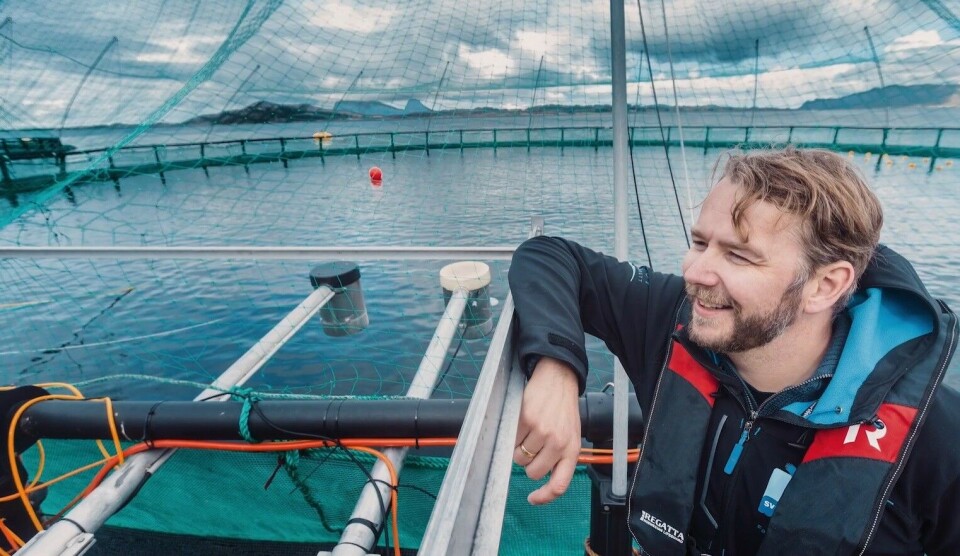
Kvarøy fastens its fish to the blockchain to beat fraud
Upmarket Norwegian salmon farmer Kvarøy Arctic has teamed up with information technology giant IBM to enhance the traceability of its salmon and help foster consumer trust across its supply chain.
The move enables all corporate buyers, including select Whole Foods Market stores in the United States and Canada, and restaurants to scan a QR code which will provide a provenance history for the salmon and the feed it was raised on.
They will also be able to download images and video of the farms and see the conditions and animal welfare standards that Kvarøy Arctic upholds.
A consumer app to provide insight into the quality and sustainability of the seafood will also be made available in the future.
Increased demand
In a press release, Kvarøy Arctic said that in the past three months it had seen a dramatic increase in demand for fresh seafood in the US, shipping twice the volume anticipated at its February 2020 launch, as customers looked for healthy protein sources.
To meet this demand, it has joined IBM Food Trust, an “ecosystem” of food producers, distributors, manufacturers and retailers collaborating using a permissioned, permanent and shared record of food system data stored on blockchain.
The salmon farmer is also working with its feed provider BioMar to begin uploading supply chain data to the network, creating an immutable record of the feed used and the conditions where a salmon was raised, packed, certified and shipped to distributors around the world.
Transparency
“Blockchain is the future when it comes to ending fraud in the seafood industry. It is a level of transparency that shows our dedication to being the best of the best,” said Kvarøy Arctic chief executive Alf-Gøran Knutsen. “The technology tracks a level of detail that helps us reduce food waste so we can feed more people in the world.”
In a video explaining the importance of the new system to Kvarøy Arctic, Knutsen said: “The salmon industry has a lot of data but we don’t use it.
“We have camera systems, we have loggers, we have sensors. What we were struggling with was connecting all the dots in between. That’s the amazing thing with blockchain and IBM Food Trust.
“The fishing industry is unfortunately an industry with a lot of cheating going on, a lot of mislabelling. So, they came up with ideas on how to use sensor data to connect them, to make sure that it’s not like we can go into the system and push in the numbers. It’s all data gathered straight from the system, and that gives the trust to the customers.”
Lower stocking density
Kvarøy Arctic’s stocking density is roughly half that of conventional salmon farms, which the company claims results in a healthier, better-tasting fish.
It’s feed has a higher than average marine content but its use of BioMar’s “Blue” diet, which uses a lot of trimmings, means it has a low fish-in, fish-out (FIFO) ration of 0.48:1. Trimming aren’t counted in FIFO calculations because they are a by-product of fish caught for human consumption, not forage fish caught for animal feed.
Kvarøy Arctic’s salmon is certified by the American Heart Association’s Heart-Check Food Certification Program, which certifies that it meets the nutritional requirements of the American Heart Association.























































